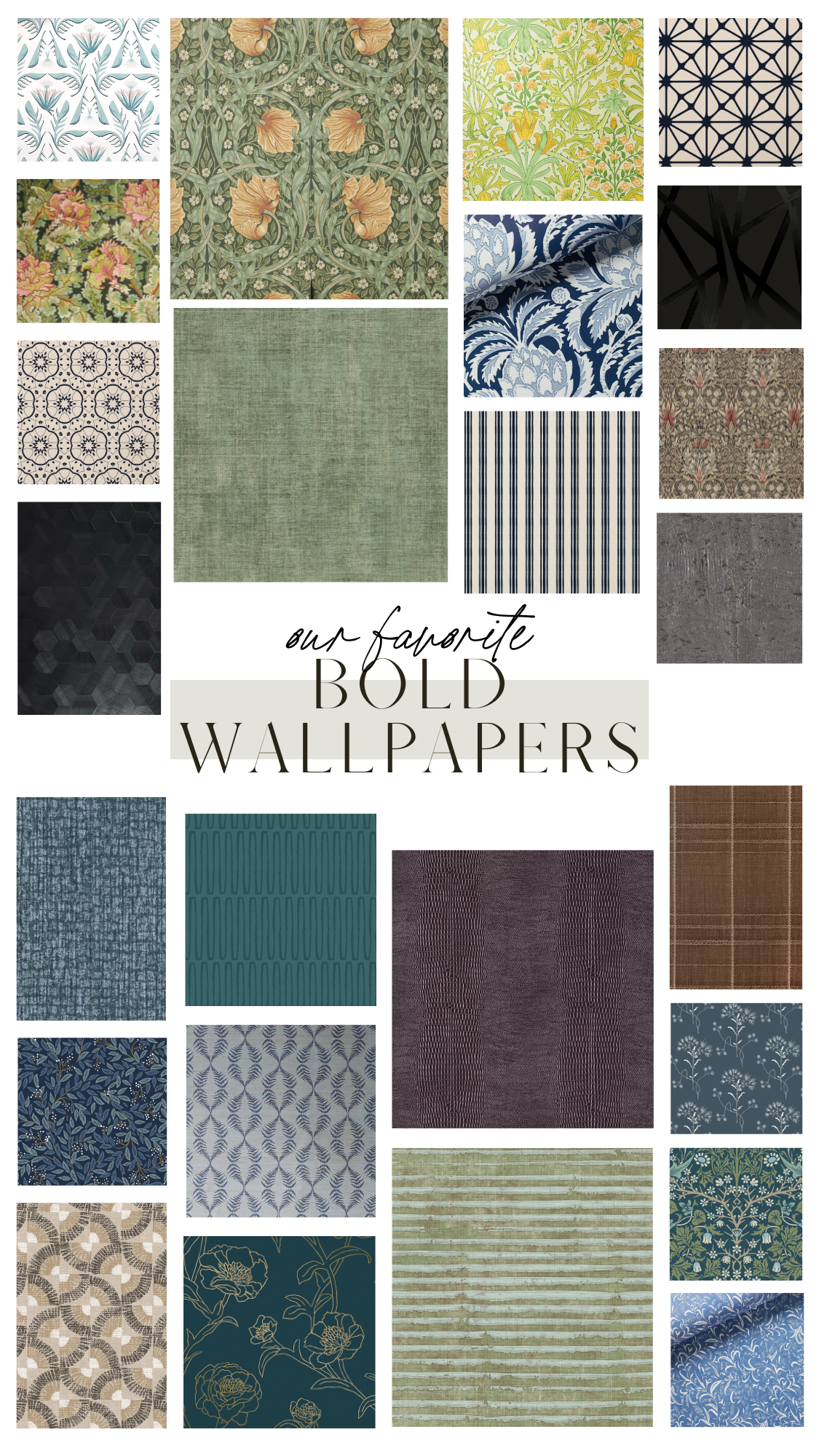Today we’re sharing a super easy (and relatively inexpensive!) way to elevate the ambiance inside your home: picking the perfect light bulbs. We’ll break down the terms you need to know (wattage, Kelvin, lumens, and more) and share the color temperature bulbs we use in every new home build. Plus shop our light bulb recommendations below!

Light Bulb Terms to Know
What does wattage mean?
Wattage is a measurement of the amount of energy a bulb consumes. Thanks to the advancements in LED technology, light bulbs have become much more energy efficient, meaning wattage is no longer the optimal way to measure a light bulb’s brightness. Instead, we recommend checking the bulb’s lumens to determine the brightness.
What are lumens?
Lumens (LM) are a measurement for the total amount of light emitted from the bulb. In simple terms, lumens measure the bulb’s brightness. The higher the lumens, the brighter the bulb.
450LM is on the dim side. It works well in light fixtures that have exposed bulbs or in fixtures that have multiple bulbs like chandeliers. 800LM is on the average to bright side and works great for recessed lighting and in lamps. 1200LM is very bright and should be used in areas you want very well lit.

Keep in mind the brightness of spaces may also vary based on personal preferences, the number of fixtures in a space (including lamps), the number of bulbs in a space, and each bulb’s lumens. However, if you want a room to be brighter and your fixtures allow it, up the lumens in your bulbs to brighten the room or vice versa.

What is Kelvin?
Kelvin (K) is used to measure the color temperature of the bulb, that is the color of light the bulb emits. All light bulbs give off color ranging from red to yellow to blue. The Kelvin scale ranges from 1000 to 10000K with most bulbs falling into the 2700 to 5000 range. Here’s a diagram showing the Kelvin range of colors from red-orange to yellow to warm white to blue-white. 2700K light looks approximately like the light coming from the wall sconce #4, and 5000K looks similar to the light coming from wall sconce #8.

2700K light (warm white) is cozy and intimate while 3000K is refreshing and inviting. Lighting around 5000K is crisp, cool, and sterile and can be used in garages or for task lighting.
Other Light Bulb Considerations
Why should I use LED light bulbs?
We recommend using LED lighting all day every day (well not literally, we recommend turning your lights off during the day ;)). Truly though, LED light bulbs are more efficient, more sustainable, and lead to vast energy savings as compared to CFL and incandescent bulbs. They also don’t run as hot! According to the US Department of Energy, “a quality LED bulb can last 3 to 5 times longer than a CFL and 30 times longer than an incandescent bulb.” This leads to a lower electricity bill, cost savings, less time spent replacing bulbs, and less waste. It’s a win-win!
What light bulb shape should I pick?
The light bulb’s shape, which can be found on the box, is denoted by a letter followed by a number code (e.g. A19). The letter denotes the shape of the bulb while the number denotes the diameter of the bulb in millimeters or eighths of an inch.
- A: standard household/arbitrary, the basic bulb shape
- B: bullet, often used in pendant lighting and chandeliers
- G: globular, often used above bathroom vanity mirrors
- R: reflector lamp, used for recessed or track lighting
- T: tubular, used with picture lights

What light bulb base should I pick?
Not to be confused with the bulb shape, the light bulb’s base size is also represented by a letter and number code (e.g. E26). As with shape codes, the letter denotes the base shape and the number denotes the base size. A regular-sized screw-in base is E26 or E27, and a candelabra base is E12. As with bulb shape, you can find the exact base size you need on the fixture’s instructions, and this information will often be listed on the bulb’s packaging or shop page as well, as shown here.

Lighting Tips From Our Interior Designers
- Make sure the bulb’s base and shape are compatible with the light fixture. The light fixture should say what shape and base bulb to use.
- Use LED bulbs, as they last much longer and are more efficient.
- If the light bulb is exposed, use a clear bulb (not frosted).
- If using a dimmable bulb, make sure the light fixture and light switch are dimmer-compatible.
- Change out all bulbs in a room to be the same (or very close to the same) Kelvin. This will give a cohesive glow to your space and prevent blue light from clashing with yellow light.
- We use 2700 Kelvin bulbs in the interiors of our new builds. These warm white bulbs provide a cozy and inviting atmosphere which we love.

Our Designers’ Favorite Light Bulbs
We’ve rounded up a few of our designers’ favorite light bulbs. Shop them all here, and be sure to double check your light fixture’s instructions to ensure you match (and do not exceed) the manufacturer’s recommendations.

Looking for light fixture recommendations? From chandeliers to wall sconces, shop some of our top fixture picks here. We’re also sharing some of our tips for brightening low-light spaces (hint: light fixtures aren’t the only way) over on this blog post.
Ultimately we hope that after reading this post you feel enlightened and empowered to make simple swaps to your home’s lighting to help it glow its best. Comment below with something new you learned, and sign up for our monthly newsletter to receive more of our design team’s tips, tricks, and recommendations.



The point of view of your article has taught me a lot, and I already know how to improve the paper on gate.oi, thank you. https://www.gate.io/uk/signup/XwNAU
This article provides essential tips for achieving the ideal lighting ambiance in your home, ensuring a perfect glow that enhances your living space.